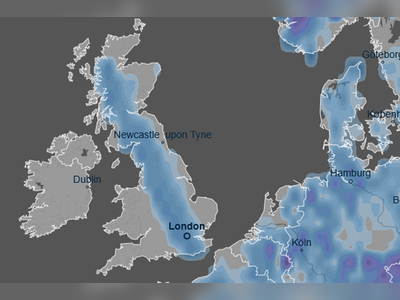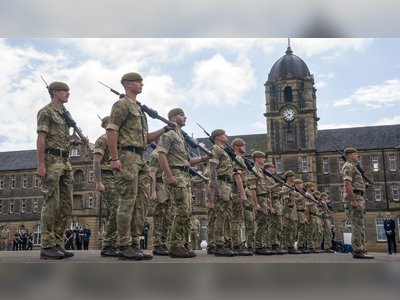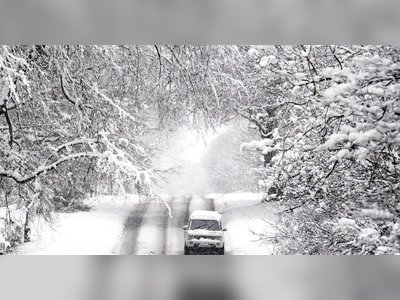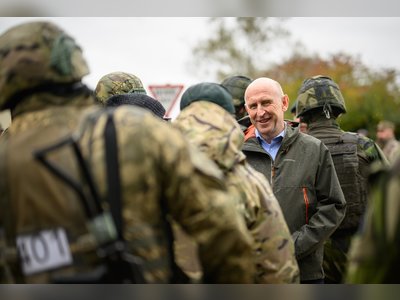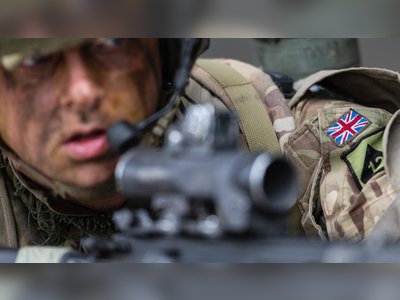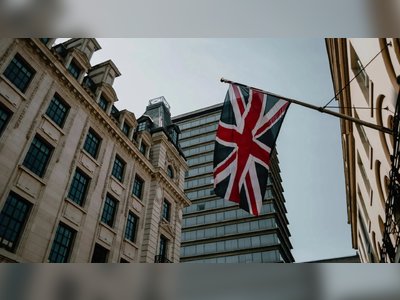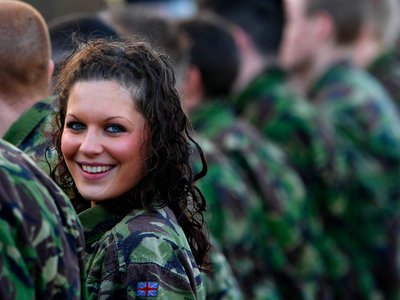
How do you keep babies safe in the cold? And other questions
This comes against the backdrop of rising energy costs. So how can you keep safe and warm in these conditions?
How can I keep my baby warm?
Babies and children under five are more at risk in cold weather.
One of the best ways to keep babies warm is to use layers, the NHS advises on its website.
At night, it is better to adjust the temperature by using a number of lightweight blankets.
Importantly, babies do not need hot rooms at night - a room temperature of between 16-20C (61-68F) is ideal. This is because babies can also be at risk of overheating, which is one of the causes of sudden infant death syndrome (SIDS).
Remember heads and hands during the winter, the NCT charity says. It is important to keep your baby's head warm when going outside, and mittens are a good idea.
In the car, for safety reasons you should keep layers to a minimum, so there is not too much padding between your child and the car seat straps.
If you are still worried your baby may be cold, you can lay a blanket on top of them once they are safely strapped in, the NCT advises.
How can older people stay safe?
People aged 65 and older are another group at risk when temperatures drop dramatically.
Again, using layers is one of the best ways to stay warm. Charity Age UK advises taking extra layers with you when you head out, even if you don't immediately need them.
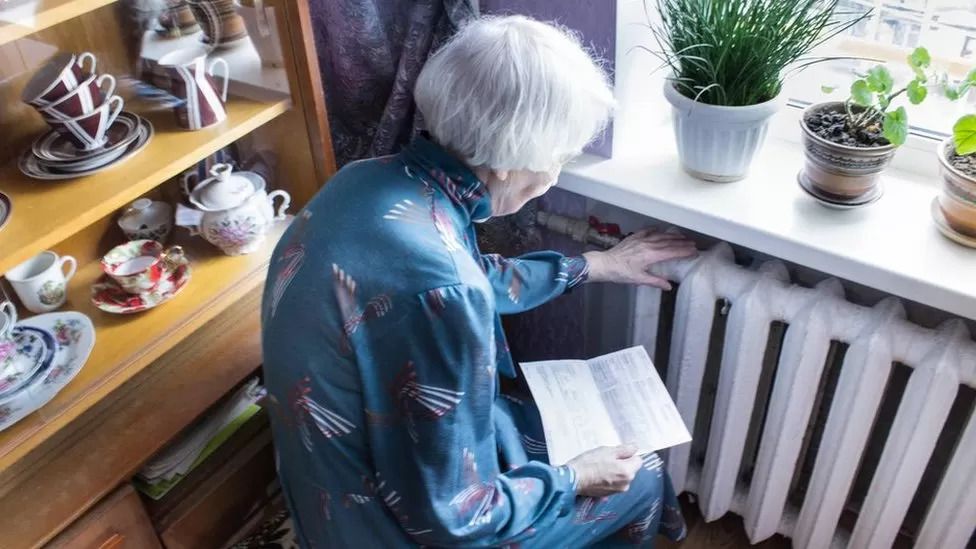
It is good to keep stocked up with food, medicine and other essentials, especially if you end up unable to go out in bad weather. It also helps ensure you continue to eat well.
You should make sure your home is warm enough, which is challenging for many households, given the soaring cost of energy.
UK authorities have said people should focus on heating living rooms during the day and bedrooms before sleep. Keeping curtains closed also helps keep heat in.
More than 11 million pensioners are eligible for the Winter Fuel Payment, which is worth between £250 and £600 this year.
Another, unconnected benefit is the Warm Home Discount, which is a £150 rebate for some pensioners and people on low incomes.
The NHS reminds people to check in with elderly or vulnerable family and neighbours.
How can I keep my pet safe in the cold?
If you have pets, it is really important you take extra care of them in the winter months. Like humans, animals can be at risk of hypothermia if they become too cold.
Dogs and cats enjoy snuggling down indoors when it is cold outside. Veterinary charity PDSA advises giving pets a few extra blankets for their beds over the winter months to keep them cosy. Raised beds for older dogs could keep them away from draughts, while cats may like high-up dens.
The charity also recommends extra playtime for pets to make sure they keep active. New toys to play with indoors can help, especially if they go out less over winter.
Providing cats with indoor litter trays will also mean less travelling outside into the cold. Keeping them inside overnight is also advised.
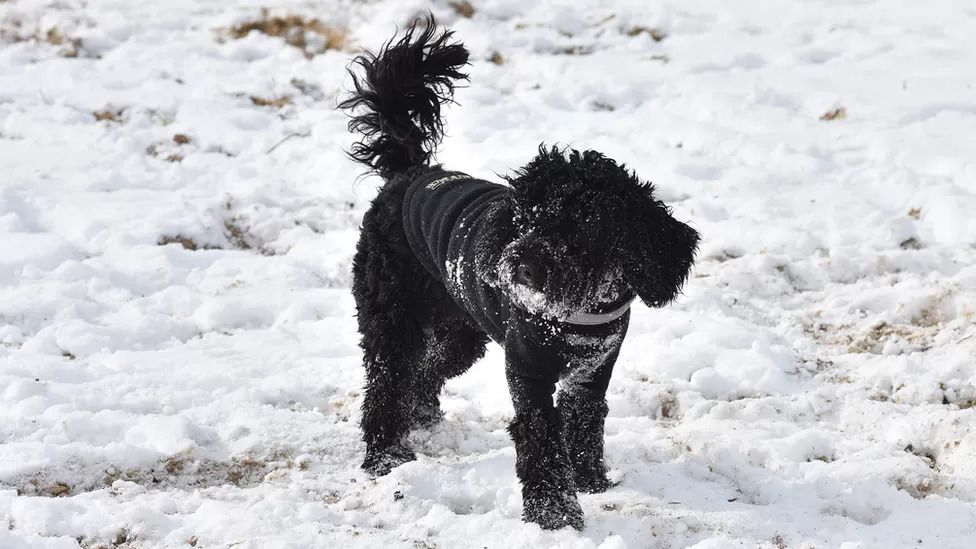
Dogs still need to go on walks during the cold weather. Usually, their fur will be enough to keep them warm.
But the RSPCA advises buying a winter coat or jumper for your dog if they are sick or elderly, or has thinner hair which means they will feel the chill more.
It is important to check your pet's paws if they have been out in the snow and ice, as cold temperatures, grit and salt can make pads very sore, PDSA says.
Walks in daylight hours are advised, but if you can't stick to daytime, then make sure you and your dog can be seen with hi-vis leads, coats, and LED collars.
A sudden drop in temperature can have a big impact on outside pets, such as rabbits and guinea pigs. It is important that they are given extra bedding for their outside enclosures, but the PDSA says you may want to consider bringing them inside or into a sheltered space.
It is important that when indoors, they still have enough space to exercise in a safe environment, the RSPCA says.
How can I dry clothes (less expensively)?
Drying clothes indoors on radiators is a common practice in the winter.
But it can mean turning on heating in parts of the home you are not using. You may also risk making your home damp, which can cause mould.
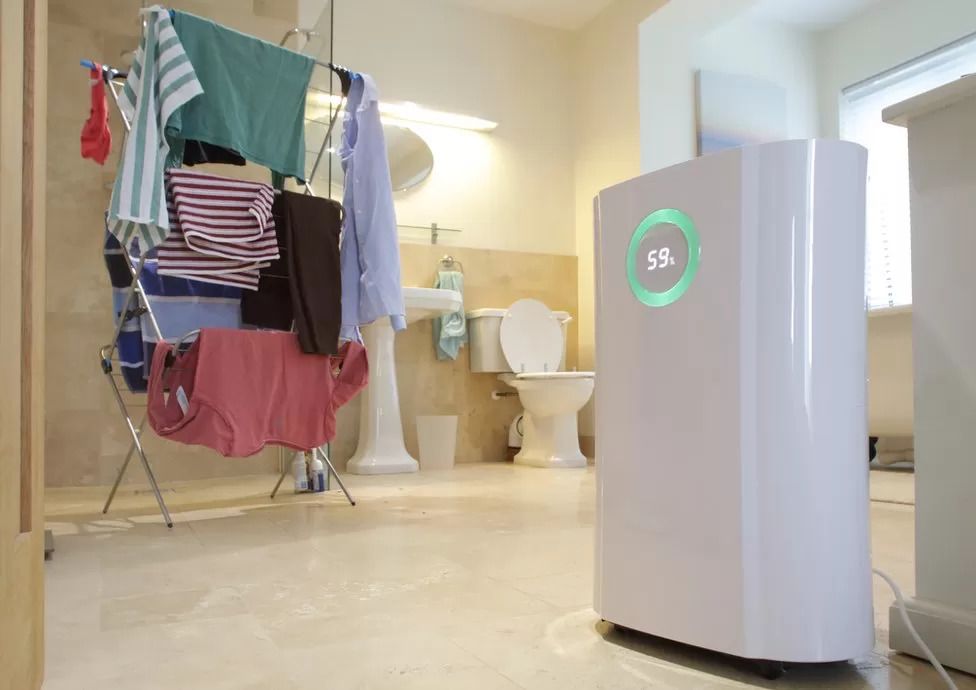
One option is to use a dehumidifier - which takes water out of the air - to dry your washing. This can be done by running the machine for several hours next to clothes hanging on an airer.
Money saving expert Martin Lewis points out on his podcast that it costs about 7p an hour to run a 200-watt device, which generally is "far, far cheaper" than putting the heating on in a room.
Of course, you still have to buy the dehumidifier, but it could prove a good investment.
Are any extra winter payments available?
The government has confirmed people in more than 300 postcode areas in England and Wales will receive Cold Weather Payments in the coming days.
These are a government benefit top-up to help with fuel bills during times of exceptional low temperatures.
Vulnerable households in England, Wales and Northern Ireland are eligible to receive £25 a week in support when an average temperature of 0C (32F) is reached over a seven-day period between 1 November and 31 March.
To get the payments, you must already qualify for one of five specified benefits and meet other criteria set out on the government website.
In Scotland, those on low incomes and benefits may receive the Winter Heating Payment worth £50.
How long will the cold snap last?
Forecasters think we are likely to be experiencing icy temperatures until at least early next week and maybe beyond that.
Temperatures in the UK have been about average for December so far - with daytime highs between 8C (46F) in southern England and 5C (41F) in Scotland - but they are about to get colder.
By Thursday and Friday, some places in the North will struggle to rise above 0C during the day.
The cold weather comes as a particular shock because we've had a very warm autumn - the third-warmest on record for the UK.

